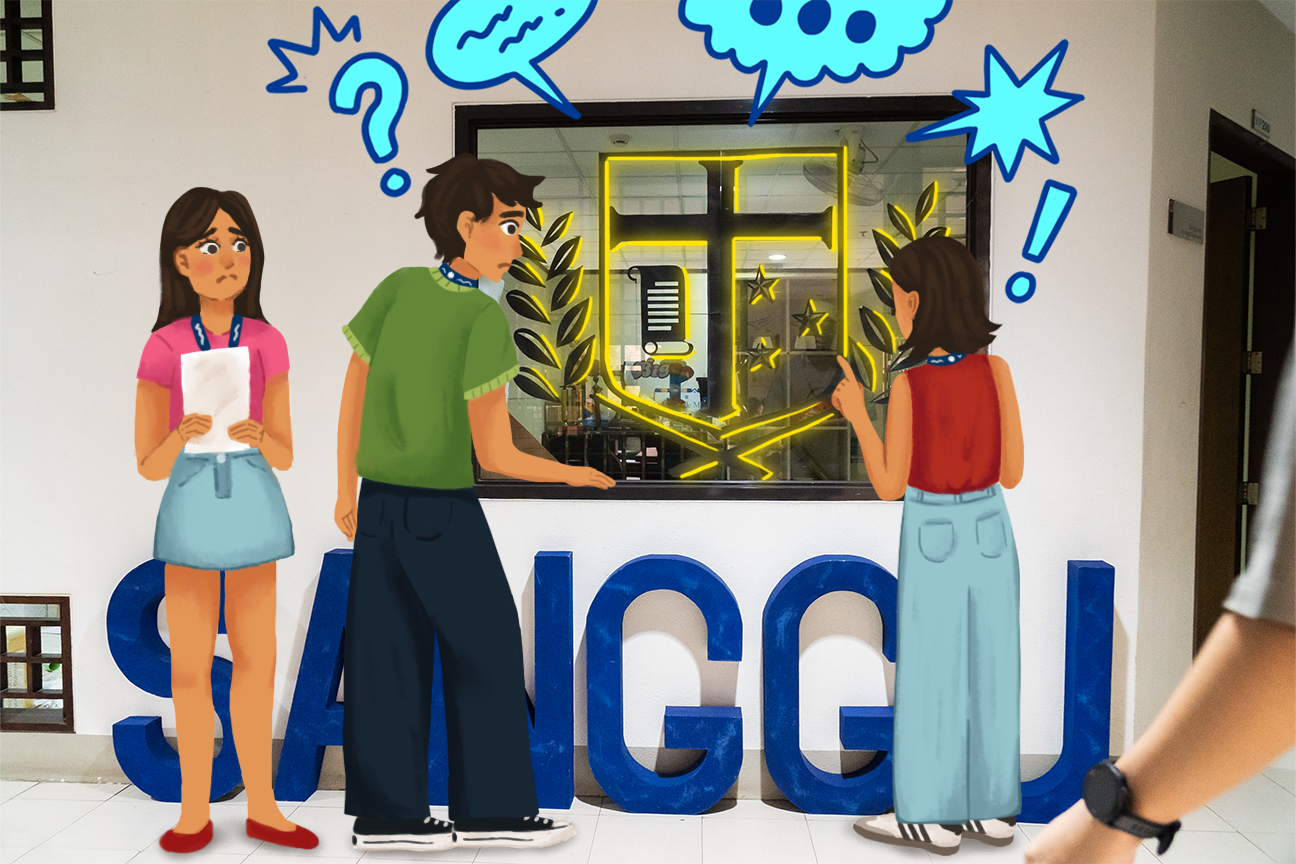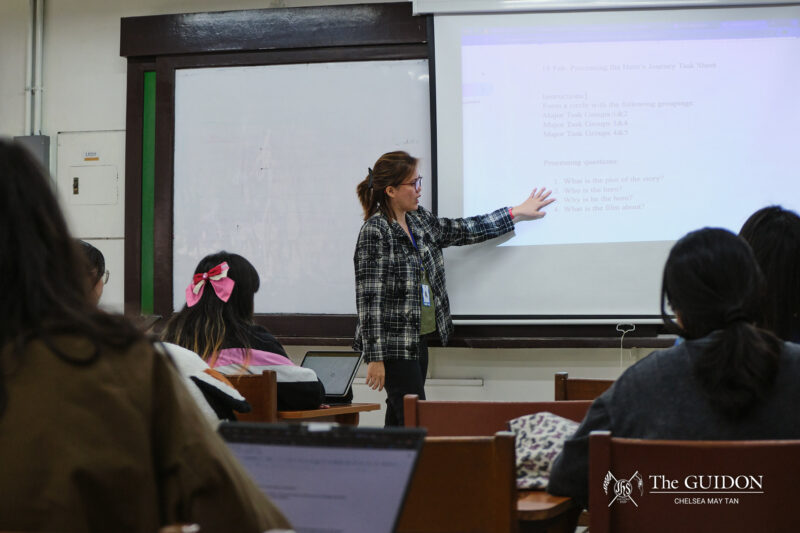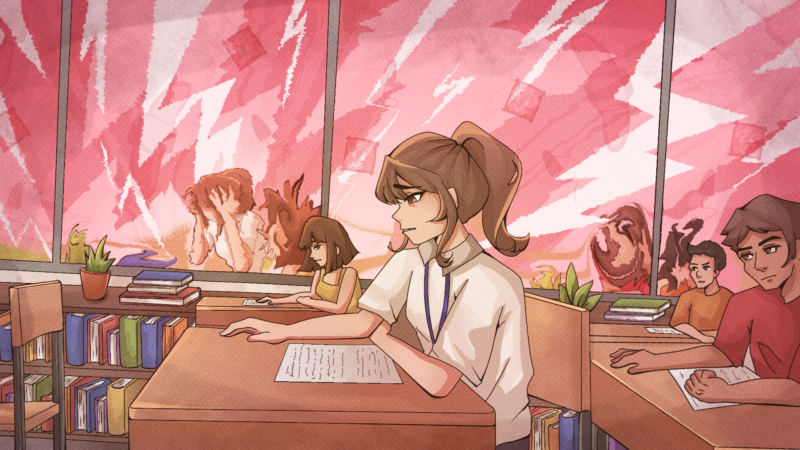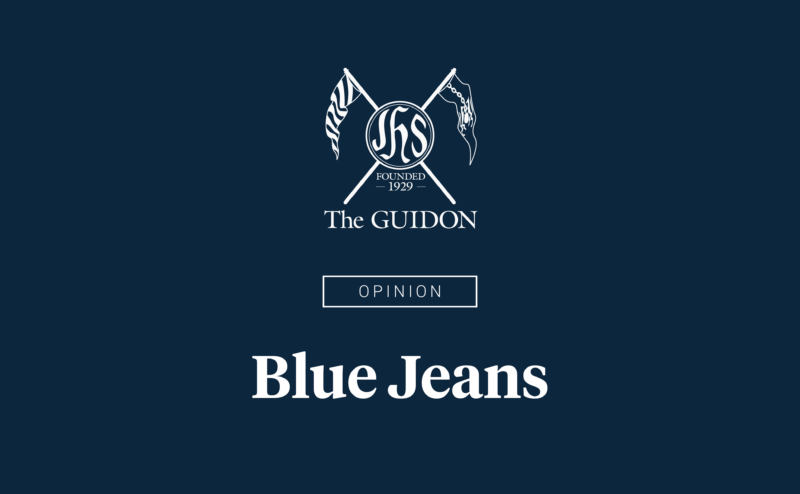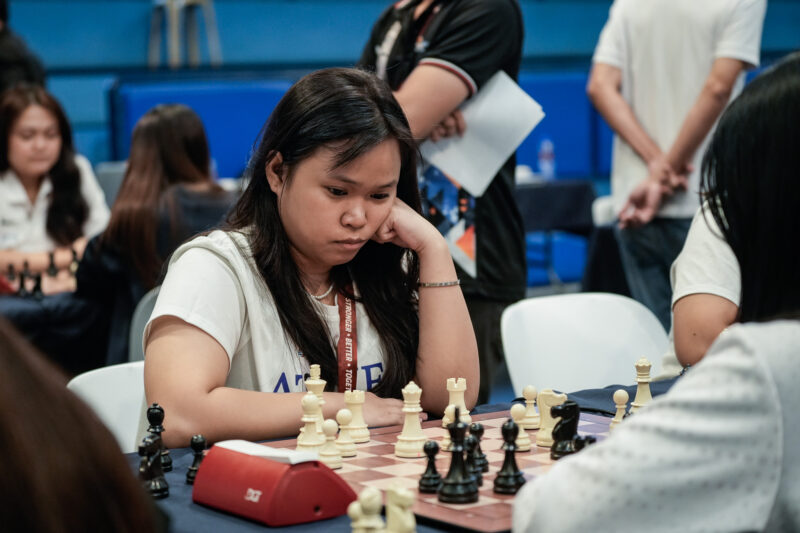LOW VOTER turnouts have become a recurring theme in student governance across various Philippine Higher Education Institutions.
In 2024, Far Eastern University observed a significant drop in voter turnout from 44.79% to 36.36%, while the University of the Philippines Manila reported a 37.70% voter participation—its lowest in 25 years.
Although the Ateneo experienced an opposite shift with its highest turnout of 22.66% last year since the pandemic, its student participation still falls short of reaching a quarter of the undergraduate population. Likewise, the significance of the Sanggunian to the Ateneo community remains repeatedly questioned over the years, especially in terms of its ability to address student concerns.
With these growing doubts and consistently low voter turnouts, the Sanggunian is continuously challenged to be more effective representatives of its constituents.
More than the title
At the core of every university lies its student government, a central and dynamic entity within the academic community. Far more than its bureaucratic function, the student government serves different purposes. Political Science Instructor Hansley Juliano, MA states that a student government is expected to bind the community and spearhead events for the student body.
Similarly, former Sanggunian President Tristan Joseph “TJ” Alcantara expounds that the student government’s role encompasses three main functions: representation, service, and politicization.
In terms of representation, student governments should be the students’ voice in student-administration dialogue, ensuring that their concerns are brought to the forefront of University decision-making.
Beyond attending University-scheduled discussions, Juliano adds that the responsibility of student governments also extends to actively seeking dialogue and asserting themselves in these conversations. “The position, therefore, of the student government is [to] not stop asking until [the administration] answers it to our satisfaction,” he emphasizes.
Aside from this, the second role of the student government is service. In the Ateneo, Alcantara expounds that the Sanggunian fulfills this mission through its commissions, which provide subsidies and support for student concerns—ranging from mental health, gender-based violence, and disability inclusion.
However, student governments do not stop only in providing service; they also function as platforms for political engagement. Alcantara highlights how they have the power to engage in nation-building and create spaces for politicization where differing political beliefs can coexist.
For instance, in 2019, the Sanggunian issued both a petition and an open letter to the Senate of the Philippines, urging them to reject the proposition to lower the minimum age for criminal responsibility. In 2022, they staged an academic walkout to protest Ferdinand Marcos Jr.’s presidency, and last February 25, they commemorated the EDSA People Power Revolution with another walkout.
Between presence and perception
Despite numerous efforts by the Sanggunian to engage students, many Ateneans continue to feel a disconnect between their concerns and the Sanggunian’s initiatives.
For second-year student Niki*, the support offered by the Sanggunian often fails to align with the student body’s actual needs, thus diluting their overall impact. She attributes this misalignment to the Sanggunian’s simultaneous implementation of projects without student feedback and limited follow-through.
Niki notes that, while the Sanggunian acknowledges student concerns, their responses remain surface-level—often “stopping at position papers” rather than actively negotiating solutions with administrators. Due to these concerns, Niki claims that participation in Sanggunian-led activities often feels optional rather than necessary.
However, these concerns about the Sanggunian’s effectiveness may also extend beyond the current officials’ actions. Also serving as the Partido Pandayan faculty moderator, Juliano argues that the disconnect stems from the lack of transition between Sanggunian terms, “crippling” the officials’ ability to understand the effectiveness of existing initiatives and build upon them.
On the other hand, former Sanggunian School of Humanities Representative Angelo Almodiel offers a different perspective. While advocacy-centered events like One Big Pride attract significant participation, he notes that other Sanggunian initiatives receive fewer participants due to students’ selective engagement.
He explains that while the Sanggunian is active and visible, students tend to engage with its initiatives only “when it matters to them,” making the impact of such programs appear fleeting.
Meanwhile, Alcantara attributes this disengagement, as evidenced by persisting low voter turnouts, to a sense of complacency among students. He expounds that some Ateneans believe Sanggunian’s efforts—such as constituency checks, academic subsidies, and other programs—will continue regardless of election outcomes. Since they do not feel an urgent need for change, they are less inclined to participate in governance-related activities.
A challenged democracy
While dissatisfaction with the Sanggunian’s initiatives plays a role in disengagement, shifting student priorities and broader external factors also contribute to the declining participation.
Juliano claims that increasing academic workloads and a stronger focus on personal or family time may have contributed to the low voter turnout. “Students today see [the] University as work, not a community,” he explains. “They’re here to study and go home, not to engage in campus life.”
Alcantara elaborates on this aspect of personal interests, highlighting that engagement is often driven by individual values and priorities rather than governance efforts alone. “No matter how much Sanggunian promotes the Martial Law rally, if students prefer to attend the cheer rally, you cannot simply say that it’s Sanggunian’s failure,” he asserts.
Given these challenges, strengthening student governance requires more than just encouraging voter participation. Another key factor contributing to the lack of student participation is the growing preference for interest-based organizations over centralized student governance structures. “Students feel like they are already able to express or live out their advocacies through other organizations,” Alcantara points out.
Recognizing this shift, he suggests that, in order to remain relevant and sustain impact, the Sanggunian should focus on collaborating and amplifying the efforts of other organized groups within the University. Meanwhile, Niki underscores the need for structural reforms and better communication channels to bridge the gap between governance and the student body.
In this regard, Juliano compares student governments’ areas for growth with the potential of democratic governance, emphasizing that they can reflect both the best and worst aspects of Philippine politics. “A student government only holds up as long as the student body is on campus and is behind it,” he underscores.
Ultimately, a functioning democracy—even within a university—depends on the active participation of both students and their representatives. As students’ priorities and interests continue to evolve, governing bodies are challenged to adapt and remain relevant to truly serve the student body they represent.
*Editor’s Note: The name of the interviewee has been changed to protect their identity and privacy.

